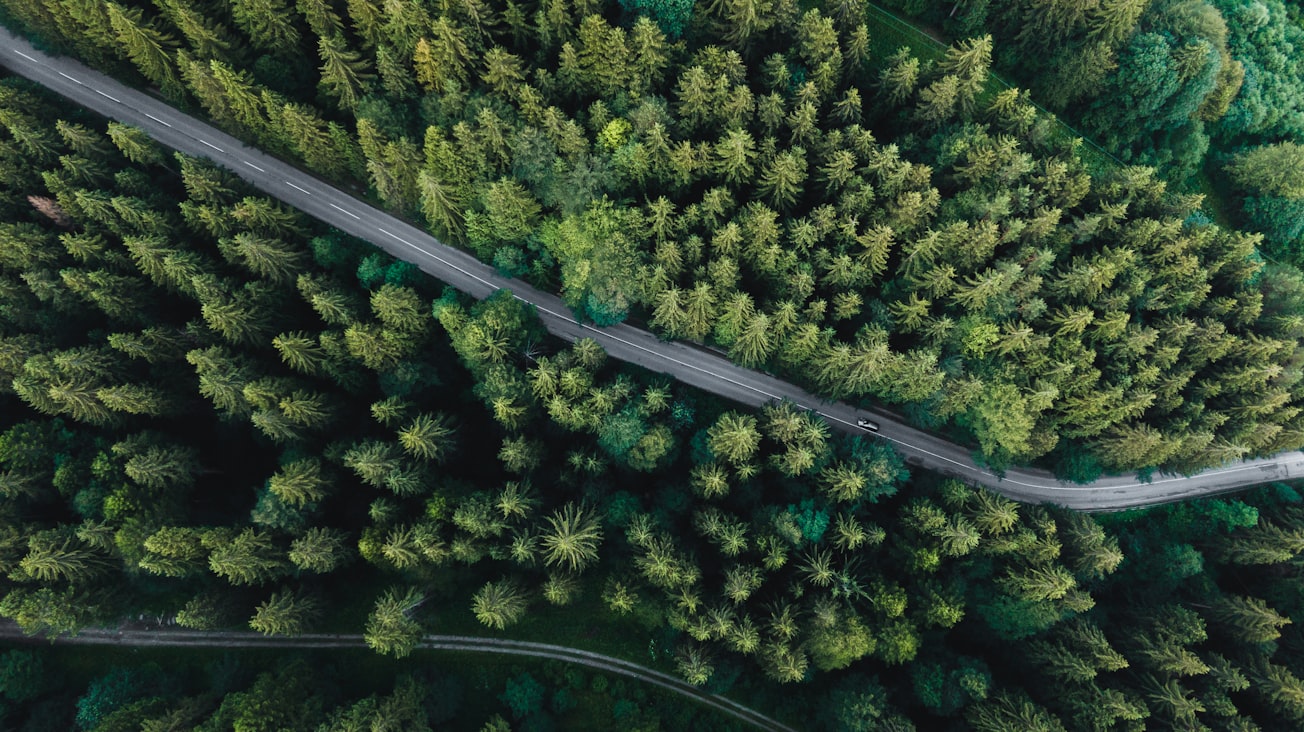What is it about?
Urbanization and forest edge creation are increasingly altering Earth's ecosystems, yet the effects on soil microbiomes—which are crucial for plant health and climate regulation—remain unclear. Our data indicate that these two combined, compounding stressors reshape the soil microbiome of forests in ways that reduced the function of tree symbionts, increased plant and animal pathogen loads, and enhanced the potential for denitrification.
Featured Image

Photo by Martin Katler on Unsplash
Why is it important?
By identifying the specific environmental stressors that lead to these microbiome shifts, our analysis can inform urban development and forest management plans to mitigate impacts on the soil microbiome to sustain environmental quality and the ecosystem services that remnant native forests provide to society in the coming decades.
Perspectives
The forest edge allows for the increase of pathogenic and potentially greenhouse-gas-emitting microbes, which replace the mycorrhizal fungi. This replacement is occurring over a surprisingly large area due to intense forest fragmentation.
Chikae Tatsumi
Read the Original
This page is a summary of: Urbanization and edge effects interact to drive mutualism breakdown and the rise of unstable pathogenic communities in forest soil, Proceedings of the National Academy of Sciences, August 2023, Proceedings of the National Academy of Sciences,
DOI: 10.1073/pnas.2307519120.
You can read the full text:
Contributors
The following have contributed to this page










